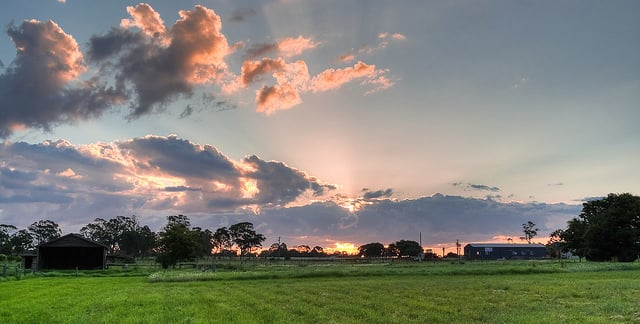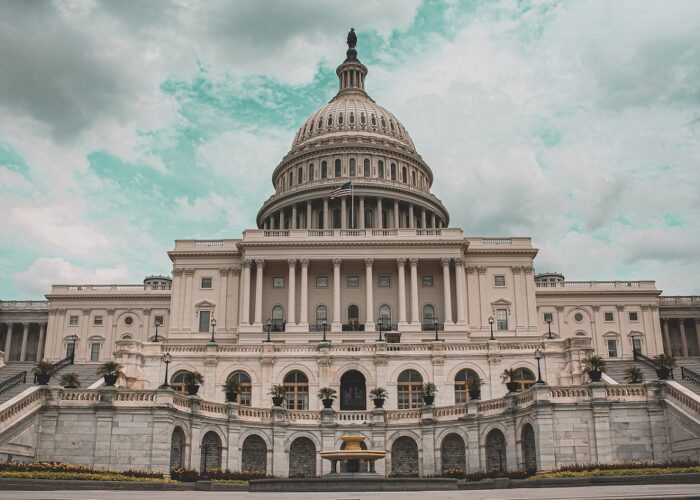
UK-based solar developer Eco Energy World (EEW) is hoping to build what it claims will be one of the world’s largest hydrogen and solar PV developments in Queensland, Australia.
It plans to colocate a 200MW hydrogen facility and a 100MW energy storage system with a 300MW solar PV asset in Raglan, Queensland. The solar asset was first announced in May 2018 and is now ready to build, according to a statement from the company. The solar developer said it has now partnered with an unnamed electrolyser manufacturer, and hopes to break ground on the project in the third quarter of 2022.
Unlock unlimited access for 12 whole months of distinctive global analysis
Photovoltaics International is now included.
- Regular insight and analysis of the industry’s biggest developments
- In-depth interviews with the industry’s leading figures
- Unlimited digital access to the PV Tech Power journal catalogue
- Unlimited digital access to the Photovoltaics International journal catalogue
- Access to more than 1,000 technical papers
- Discounts on Solar Media’s portfolio of events, in-person and virtual
A spokesperson for EEW told PV Tech the company expects to close financing on the hydrogen and storage projects between the end of this year and early 2022, and complete construction by the end of 2023. The hydrogen plant will produce 33,000 tonnes of green hydrogen annually on completion.
EEW’s chairman Svante Kumlin said that Queensland is “well-positioned strategically to act as a major player in the future generation and export of hydrogen” due to its existing gas pipeline infrastructure, port access for energy exports, and existing solar power mix. The project could cost an estimated AU$500 million (US$386.75 million) to build, according to the company.
The company has so far installed 1.2GW of solar capacity in markets such as Spain and the UK, according to its website, and is now targeting 3.3GW of further installations by 2023. It is also targeting building 600MW of PV projects in Spain over the next three years.
“It now makes sense for us to enter this exciting market as we see the ongoing growth in large-scale electrolyser production and that consequently, capex costs are rapidly falling,” Kumlin said.
The project’s announcement comes just as Queensland’s government will invest AU$145 million (US$109 million) to establish renewable energy zones (REZs) in the south, centre and north of the state, and has already received 67 project proposals for them that would create 60GW of clean energy in the Australian state. Roughly AU$8.5 billion has been invested in renewable energy projects in Queensland in the past five years as the state works towards a target of being powered by 50% renewables by 2030.
Australia has become an attractive market for prospective green hydrogen projects. In May 2020, oil and gas major BP secured government funding for a feasibility study on a renewable hydrogen project in Western Australia, and Austrom Hydrogen Pty Ltd made progress on a planned 3.6GW facility in Queensland in July.
More recently, Australia and Germany announced plans last September to jointly fund a two-year feasibility study into the production, storage, transport and use of hydrogen from renewable energy. Energy minister Angus Taylor said the collaboration will help lower the cost of new technologies, adding that Australia’s hydrogen exports could contribute AU$11 billion (US$8.03 billion) per year in GDP by 2050.







